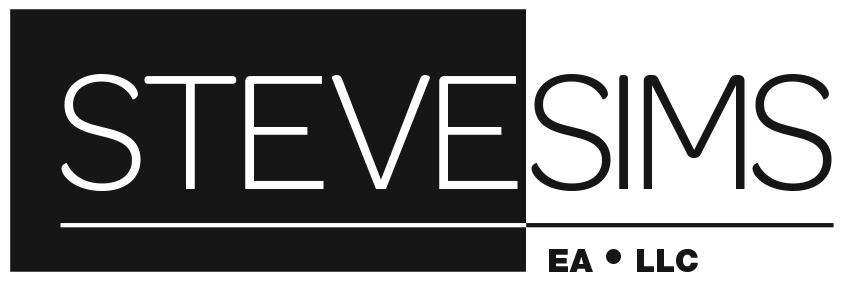Adopting a child....something you don’t do for the “tax credit”, but nice to know one is available!
Tax benefits for adoption include both a tax credit for qualified adoption expenses paid to adopt an eligible child and an exclusion from income for employer-provided adoption assistance. The credit is nonrefundable, which means it's limited to your tax liability for the year. However, any credit in excess of your tax liability may be carried forward for up to five years. The maximum amount (dollar limit) for 2017 is $13,570 per child.
Qualified adoption expenses
For both the credit and the exclusion, qualified adoption expenses, defined in section 23(d)(1) of the Code, include:
Reasonable and necessary adoption fees,
Court costs and attorney fees,
Traveling expenses (including amounts spent for meals and lodging while away from home), and
Other expenses that are directly related to and for the principal purpose of the legal adoption of an eligible child.
An expense may be a qualified adoption expense even if the expense is paid before an eligible child has been identified. For example, prospective adoptive parents who pay for a home study at the outset of an adoption effort may treat the fees as qualified adoption expenses.
An eligible child is an individual who is under the age of 18, or is physically or mentally incapable of self-care.
Qualified adoption expenses don't include expenses that a taxpayer pays to adopt the child of the taxpayer's spouse.
Qualified adoption expenses include expenses paid by a registered domestic partner who lives in a state that allows same-sex second parent or co-parent to adopt his or her partner's child, as long as those expenses otherwise qualify for the credit.
Income and dollar limitations
The credit and exclusion are each subject to an income limitation and a dollar limitation. The income limit on the adoption credit or exclusion is based on your modified adjusted gross income (MAGI). If your MAGI amount for 2017 falls between certain dollar limits, your credit or exclusion is subject to a phaseout (is reduced or eliminated). For tax year 2017, the MAGI phaseout begins at $203,540 and ends at $243,540. Thus, if your MAGI amount is below $203,540 for 2017, your credit or exclusion won't be affected by the MAGI phaseout, whereas if your MAGI amount for 2017 is $243,540 or more, your credit or exclusion will be zero.
You must reduce the dollar limit for a particular year by the amount of qualified adoption expenses paid and claimed in previous years for the same adoption effort. For example, if you claimed a $3,000 credit in connection with a domestic adoption in 2016 and paid an additional $13,570 of qualified adoption expenses in 2017 (when the adoption became final), the maximum credit you can claim in 2017 is $10,570 ($13,570 dollar limit, less $3,000 of qualified adoption expenses claimed in 2016).
In computing the dollar limitation, qualified adoption expenses paid and claimed in connection with an unsuccessful domestic adoption effort must be combined with qualified adoption expenses paid in connection with a subsequent domestic adoption attempt, whether or not the subsequent attempt is successful. For example, assume that in 2015 an individual claimed $8,000 in qualified adoption expenses in an unsuccessful adoption effort. In 2016 and 2017 the individual spent a total of $10,000 in qualified adoption expenses in connection with a successful domestic adoption that became final in 2017. The maximum adoption credit allowable in 2017 is $5,570 ($13,570 dollar limit for 2017 less $8,000 previously claimed.)
The dollar limitation applies separately to both the credit and the exclusion, and you may be able to claim both the credit and the exclusion for qualified expenses. However, you must claim any allowable exclusion before claiming any allowable credit. Expenses used for the exclusion reduce the amount of qualified adoption expenses available for the credit. As a result, you can't claim both a credit and an exclusion for the same expenses.
For more information click here: https://www.irs.gov/taxtopics/tc607
